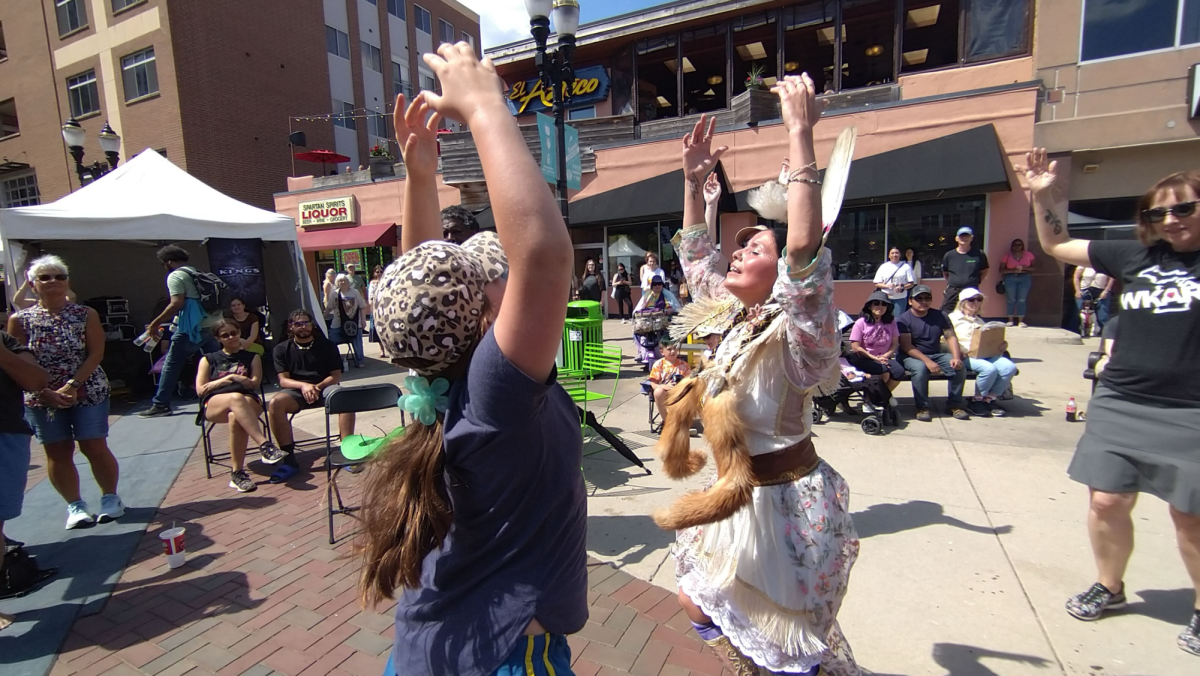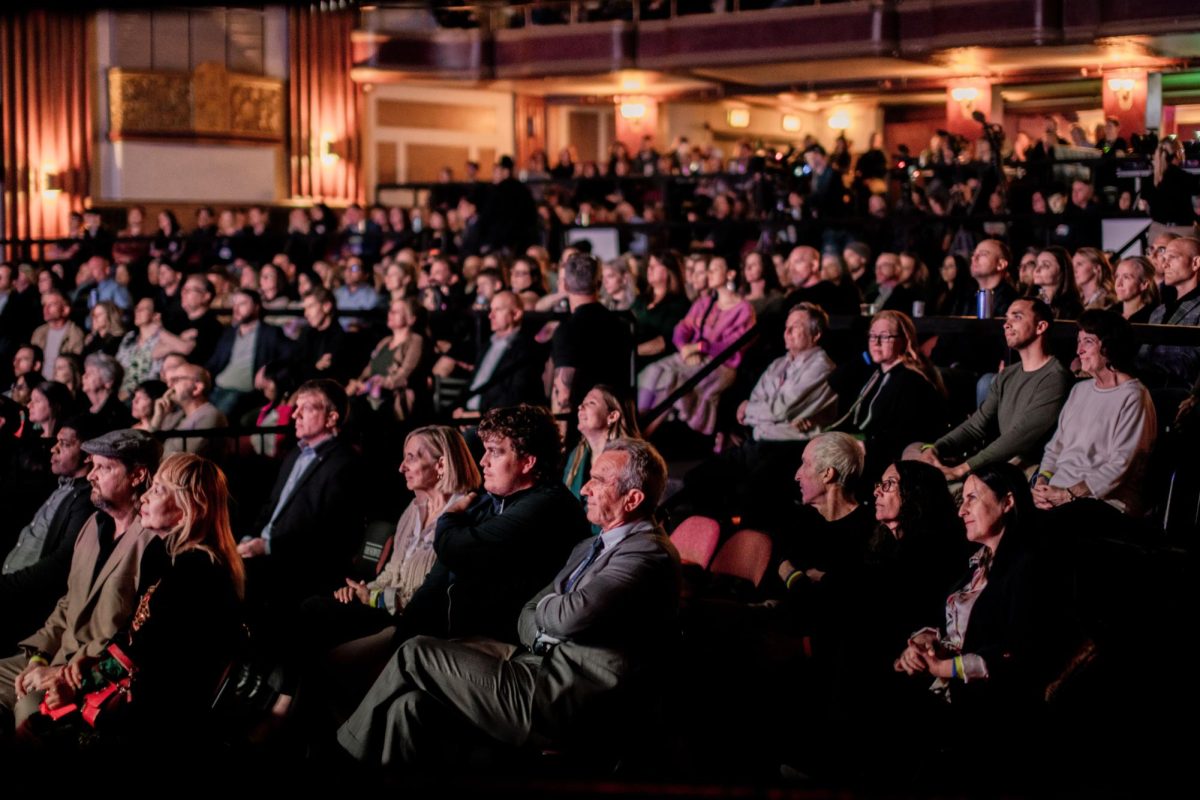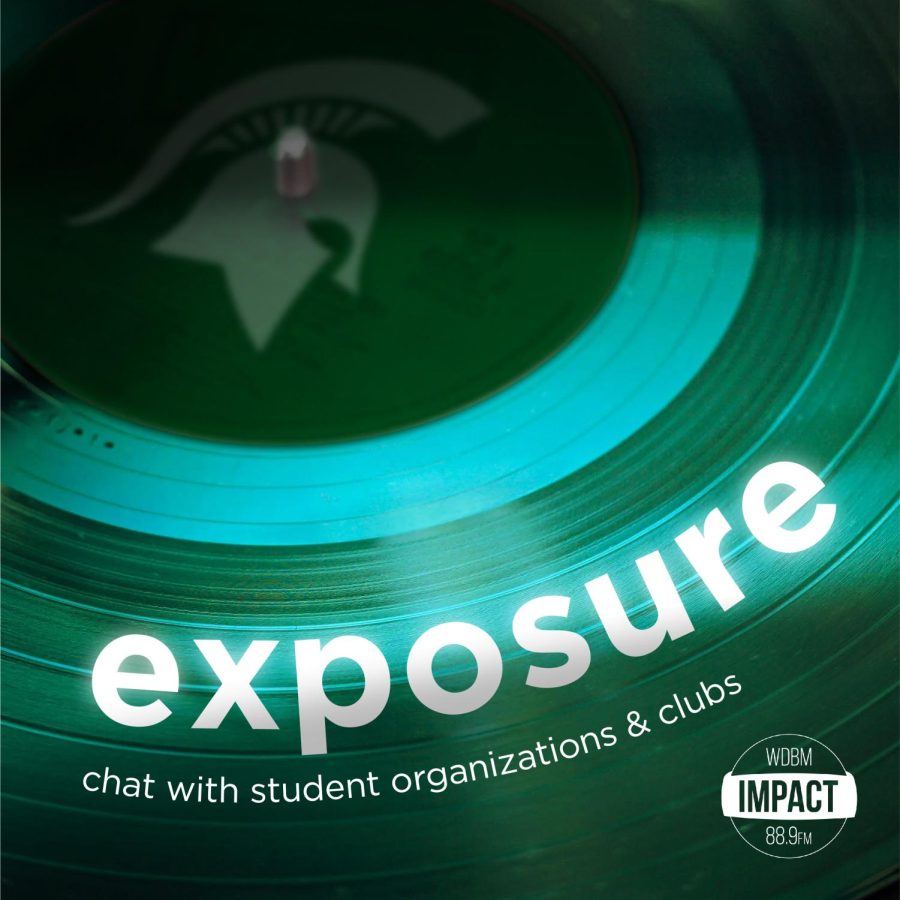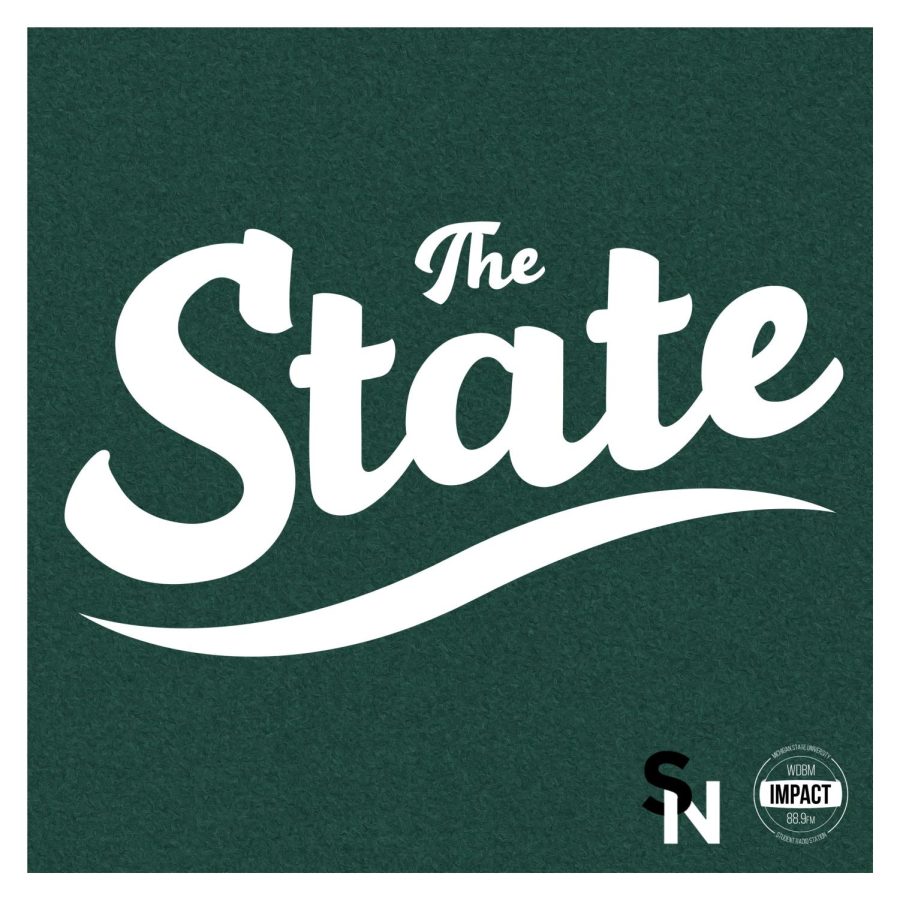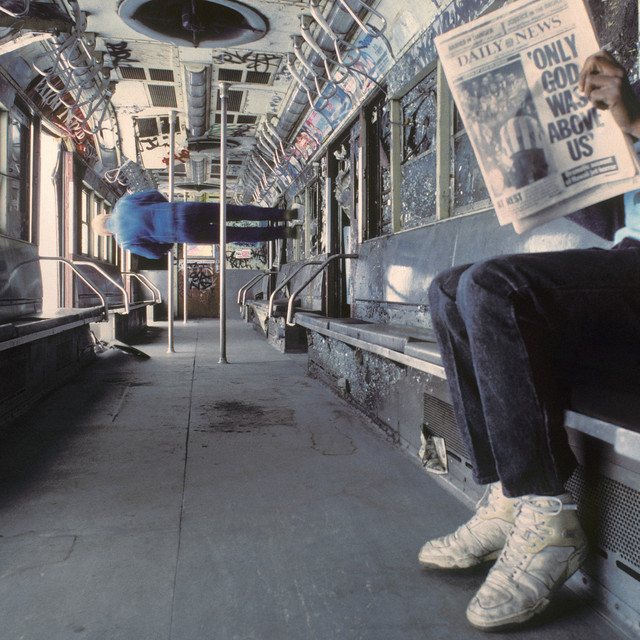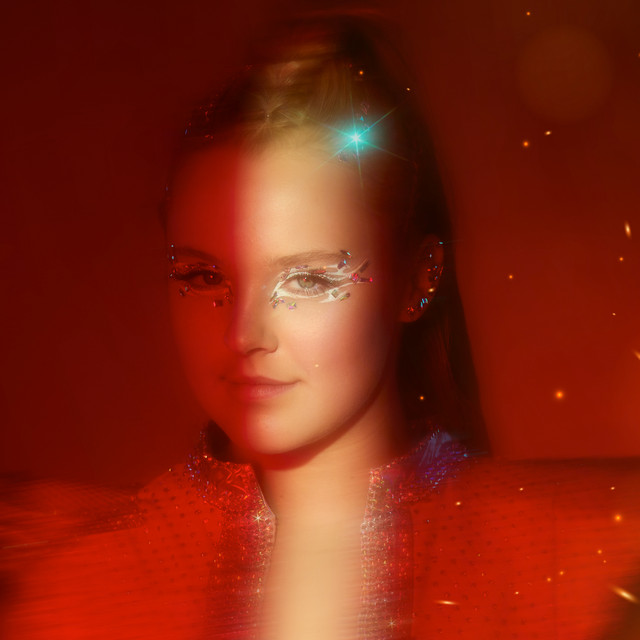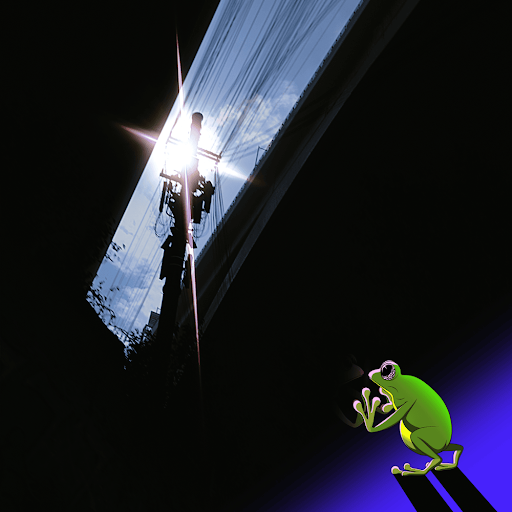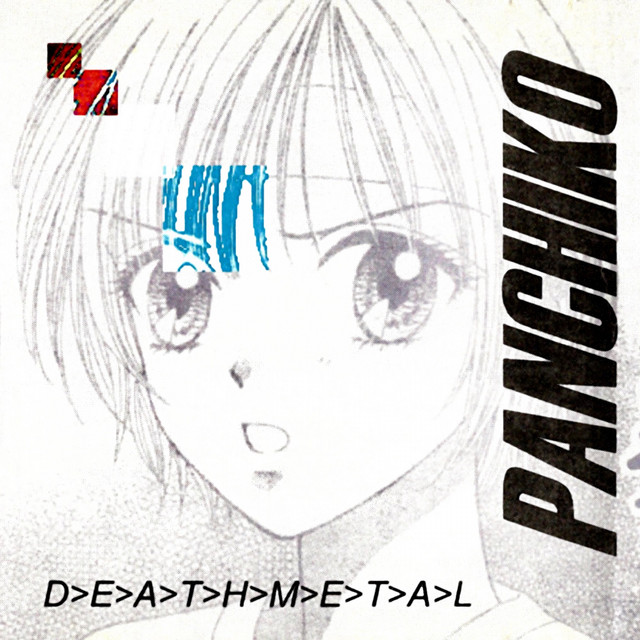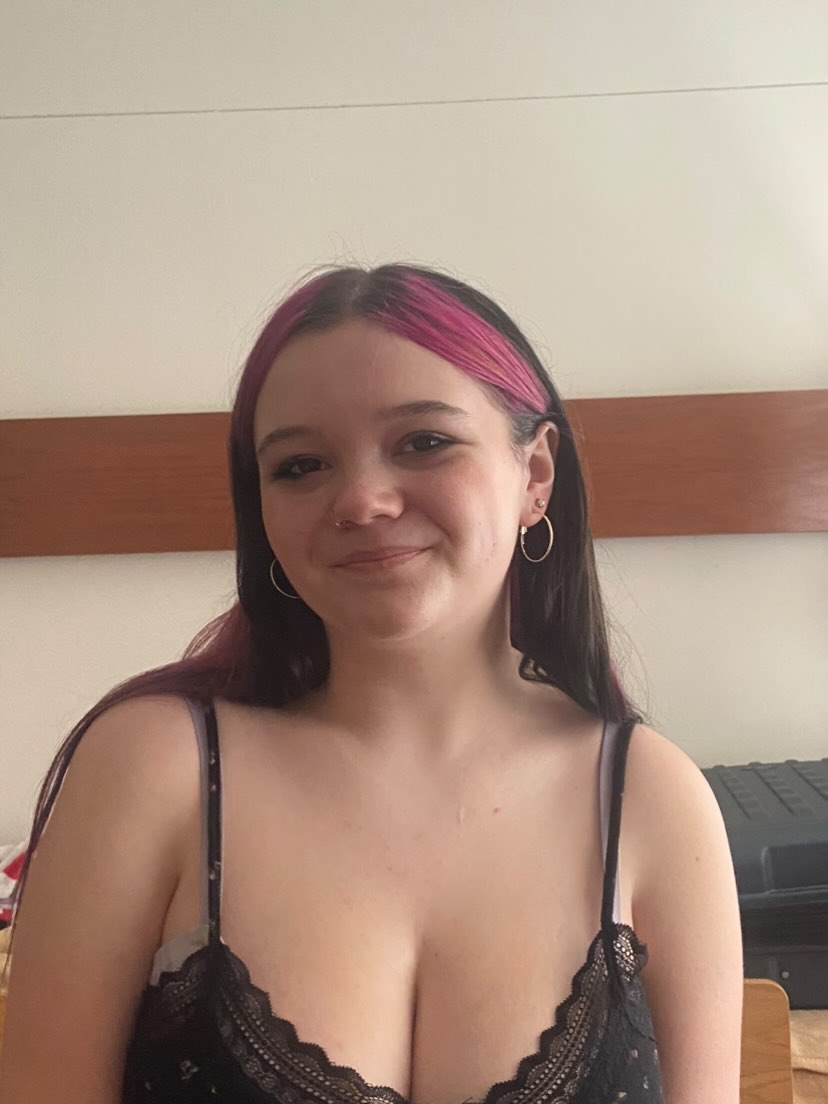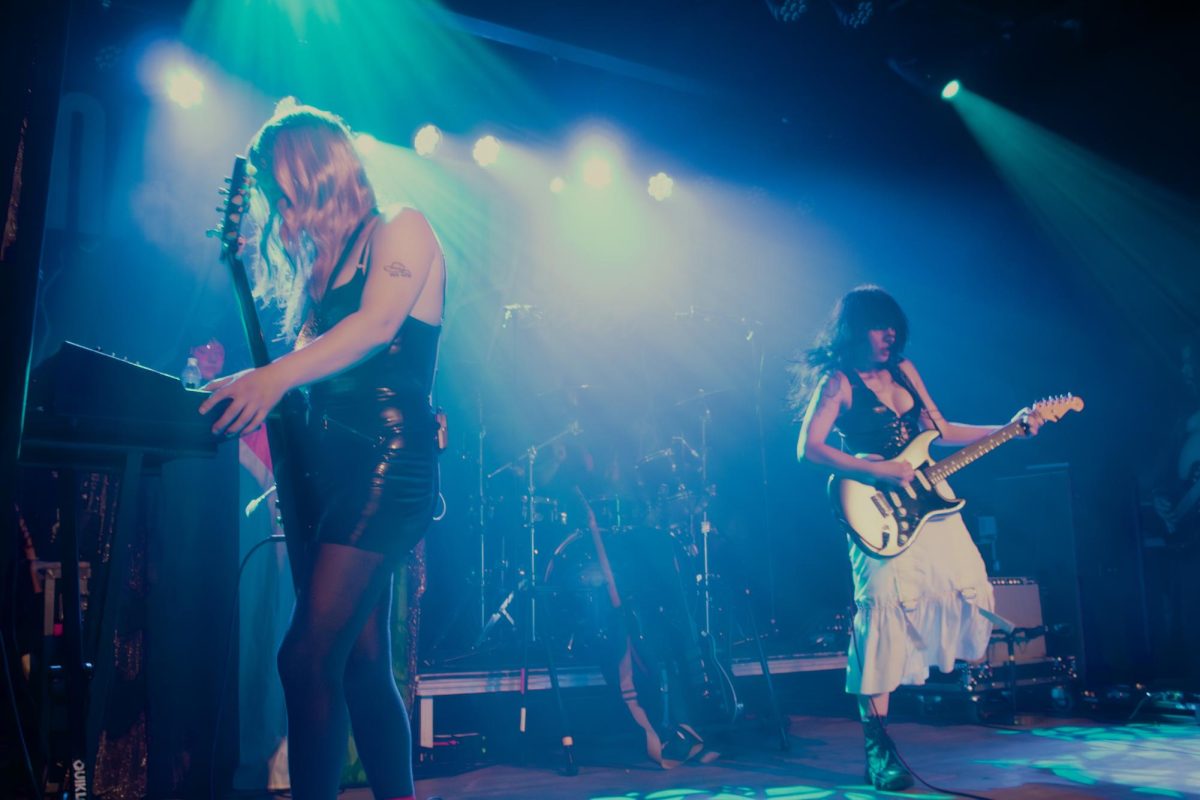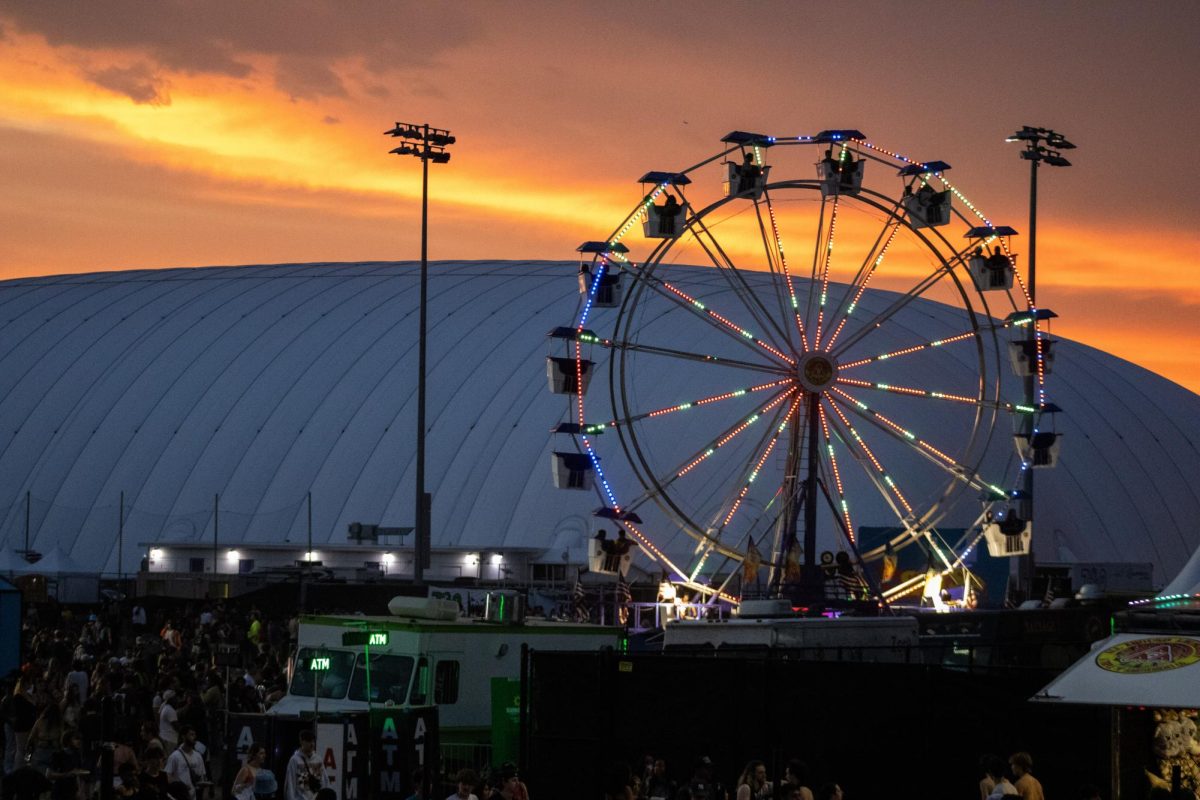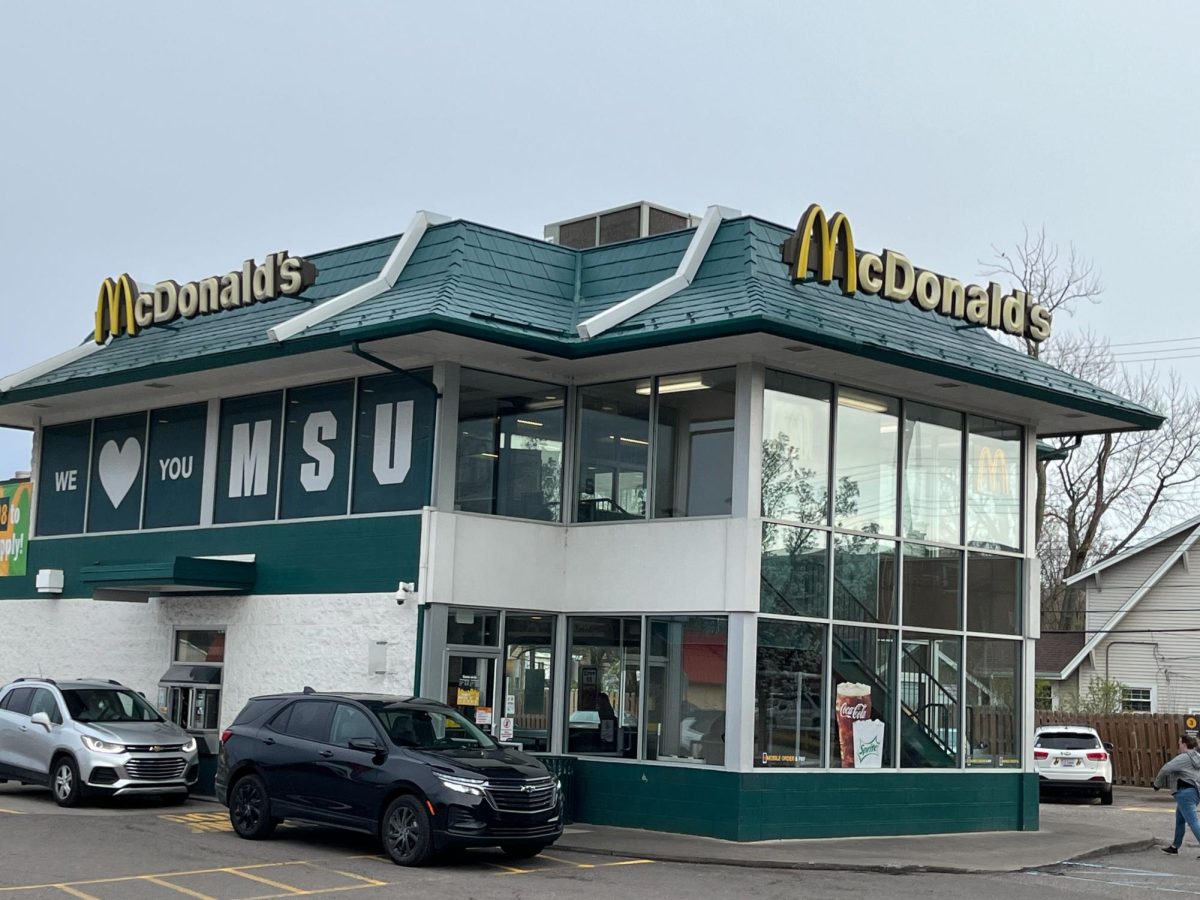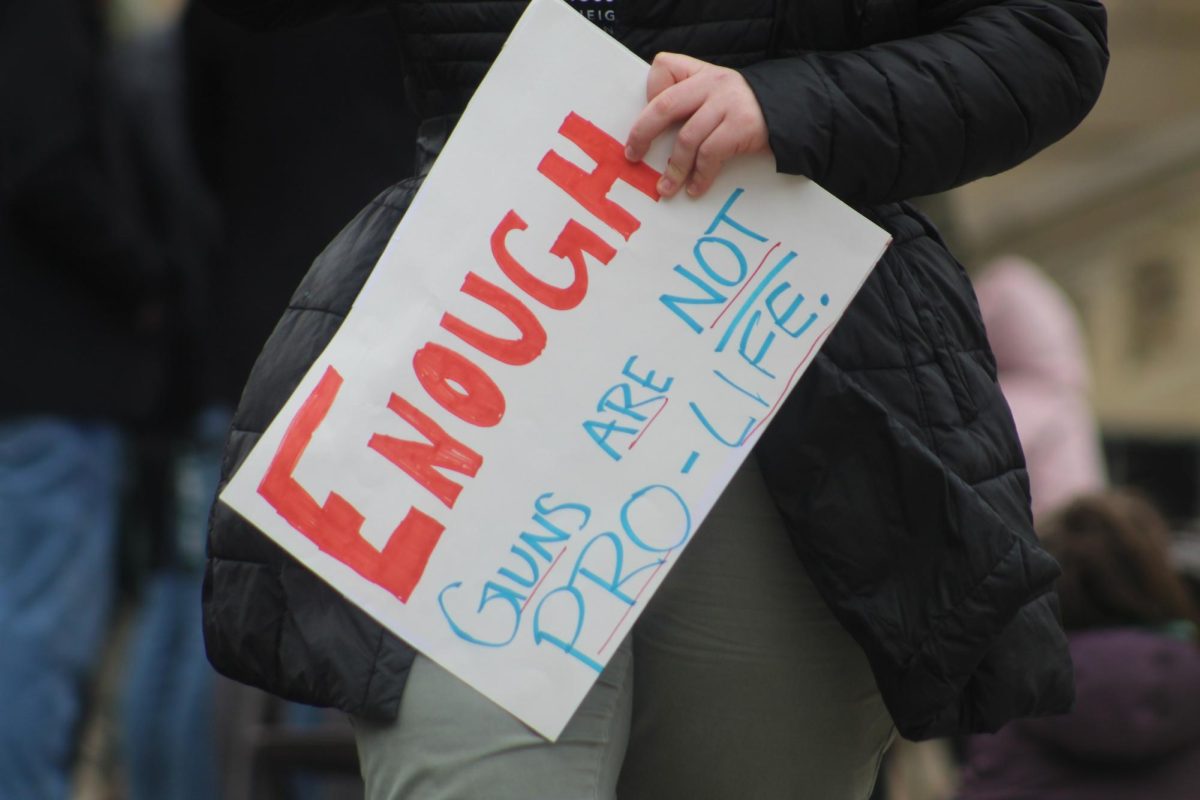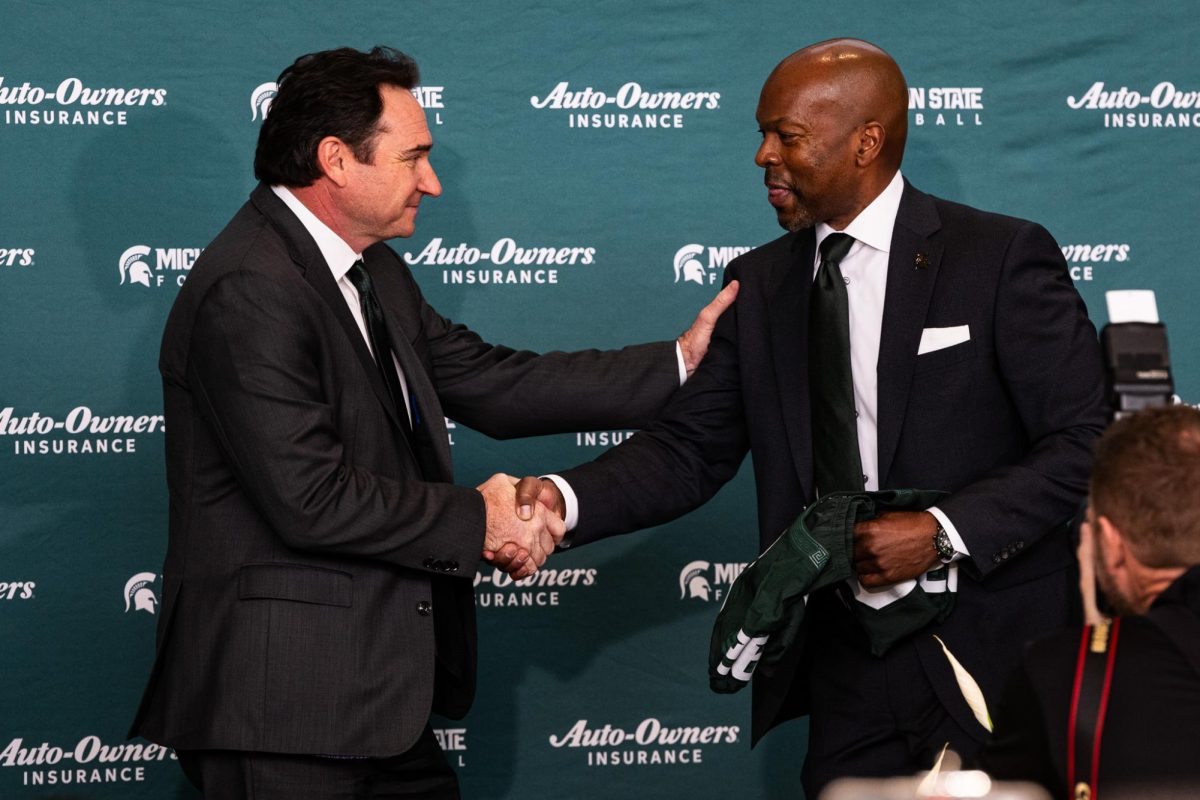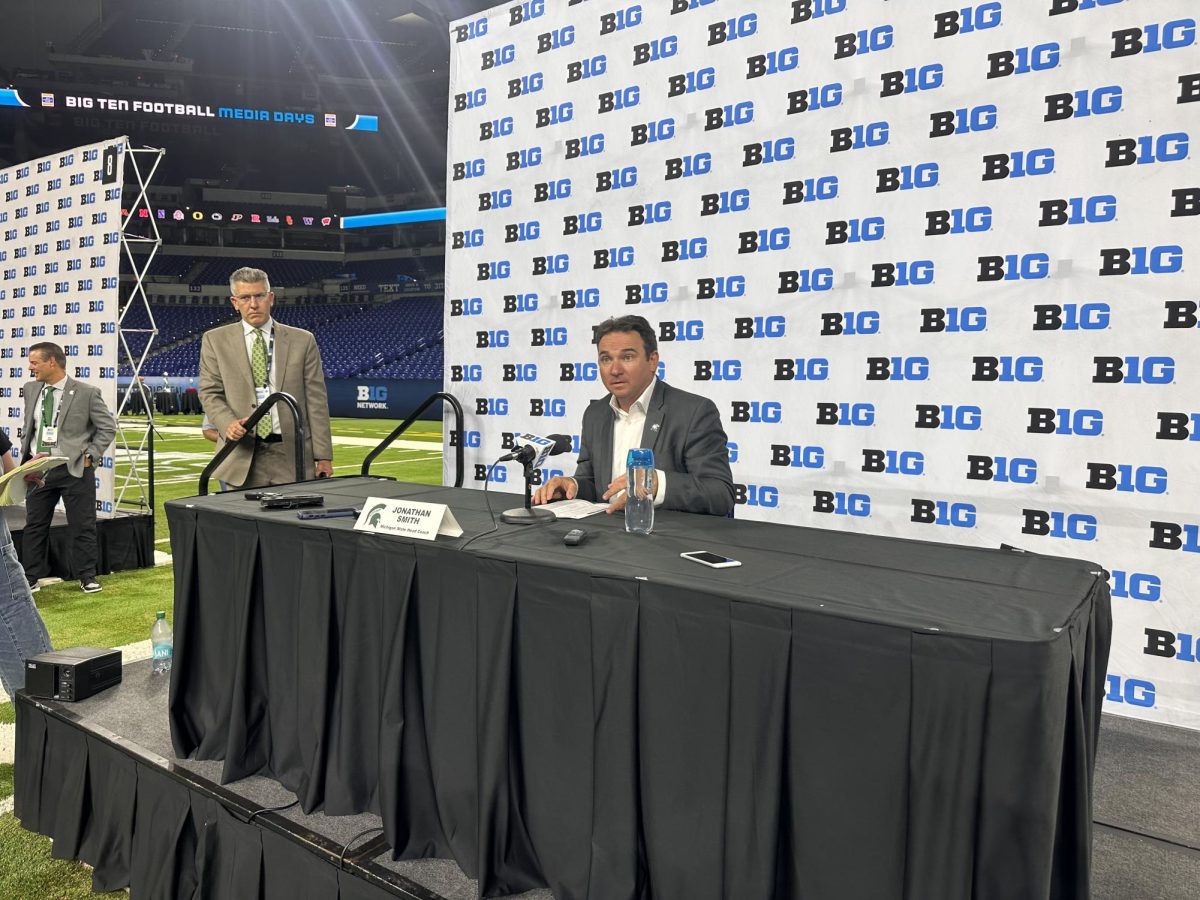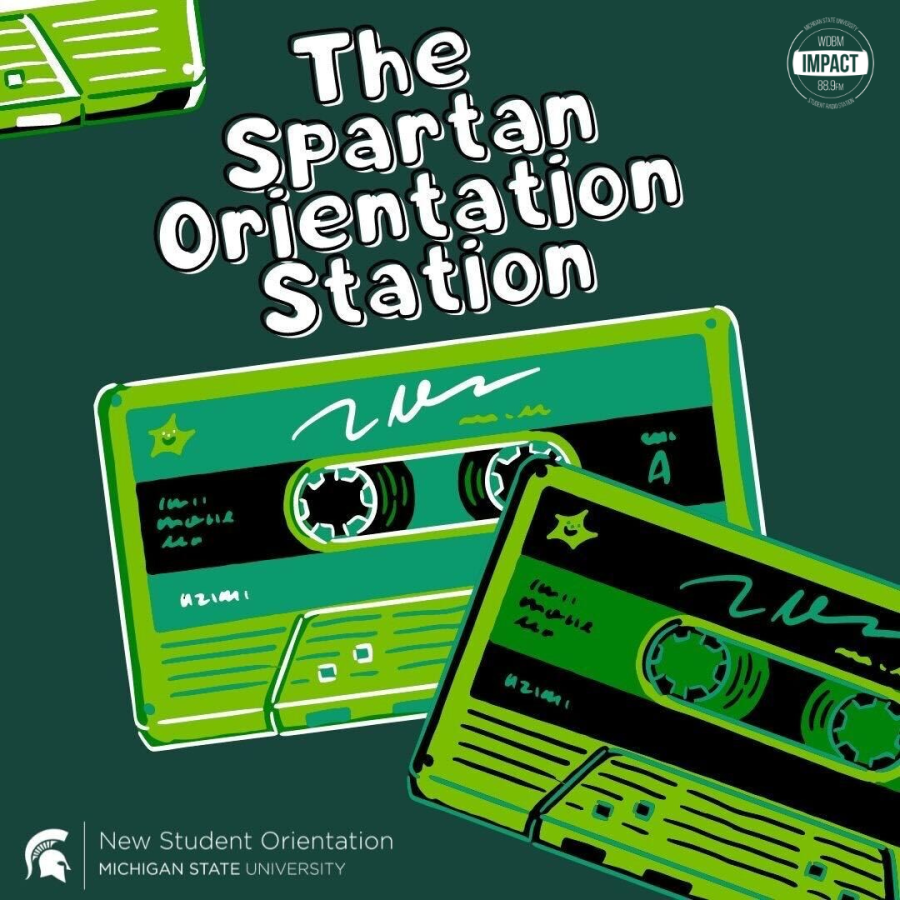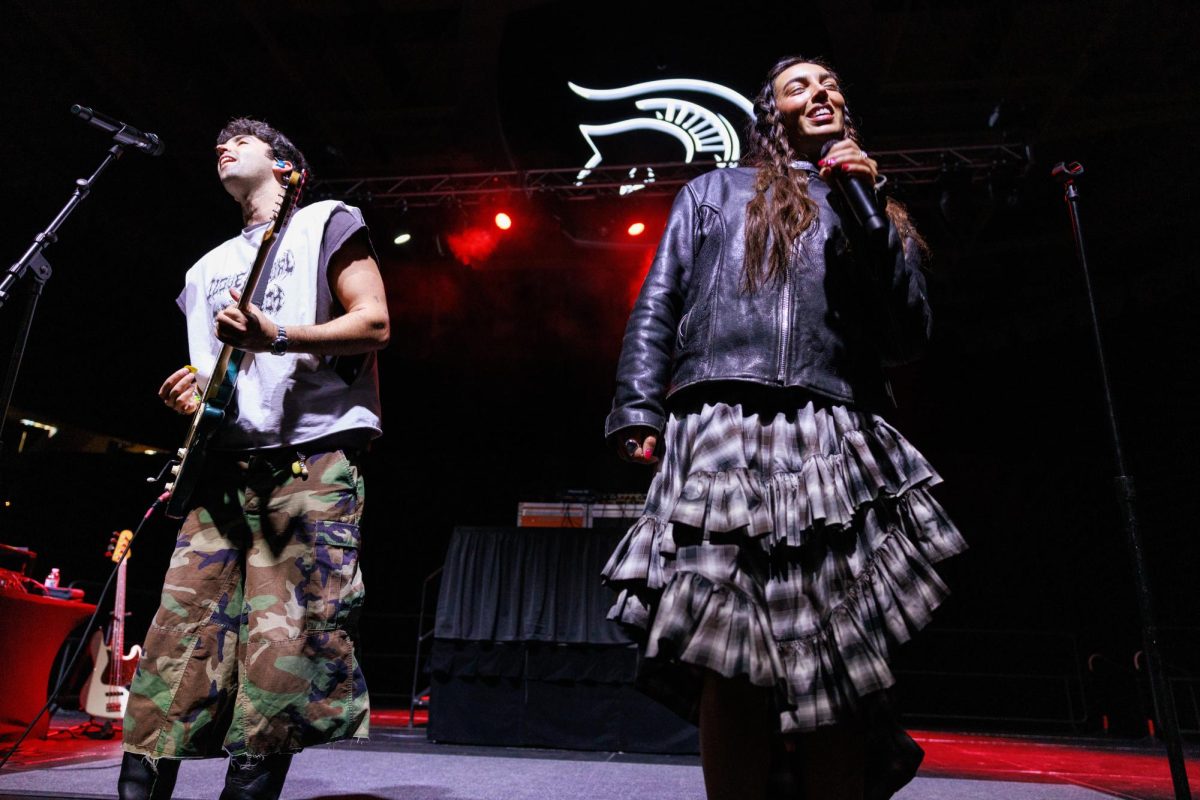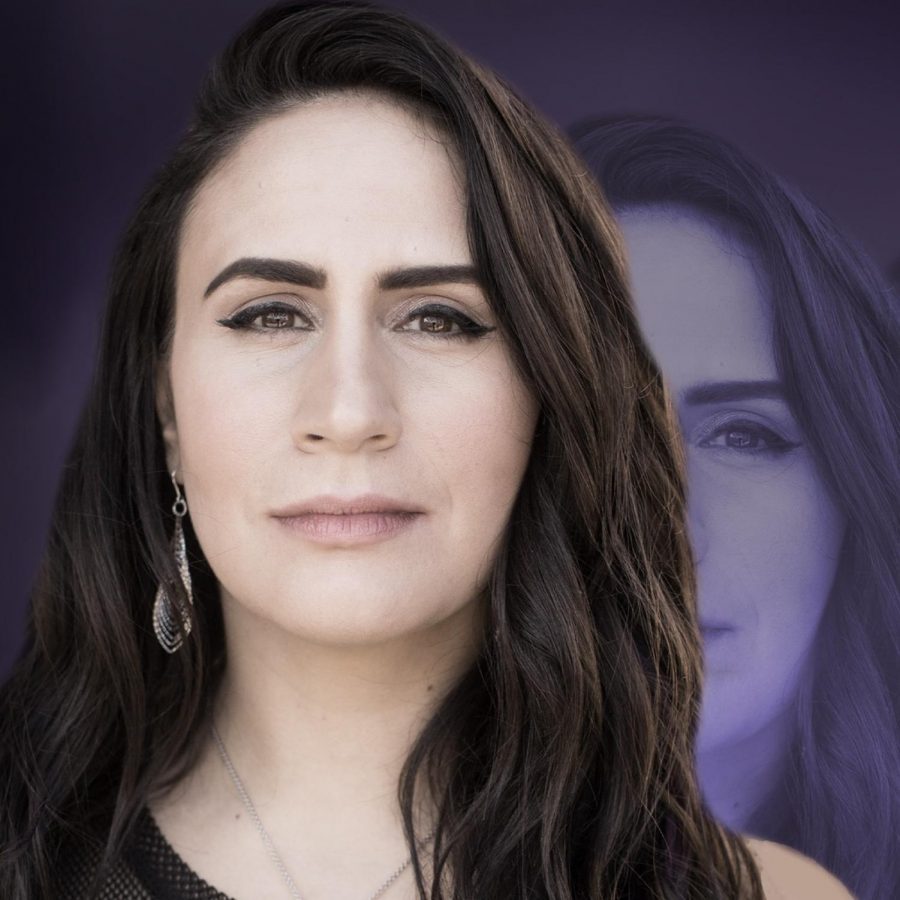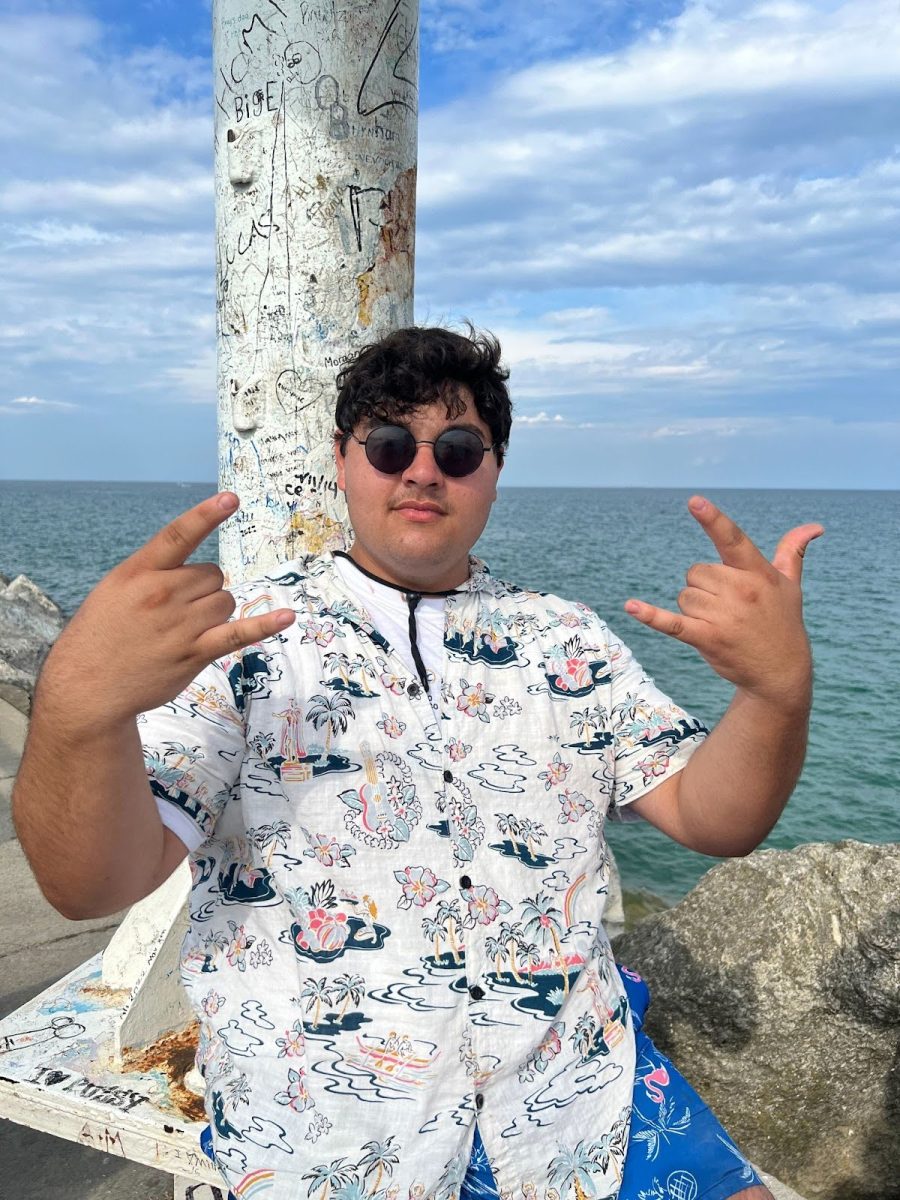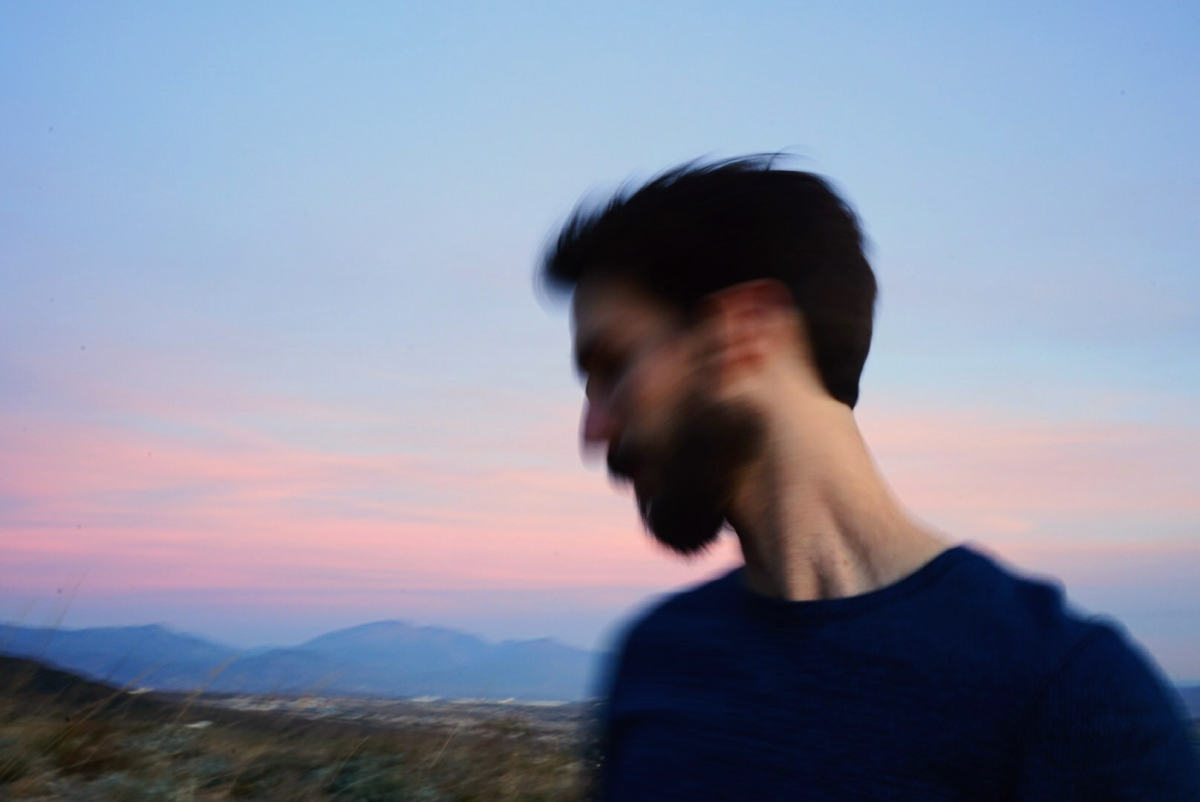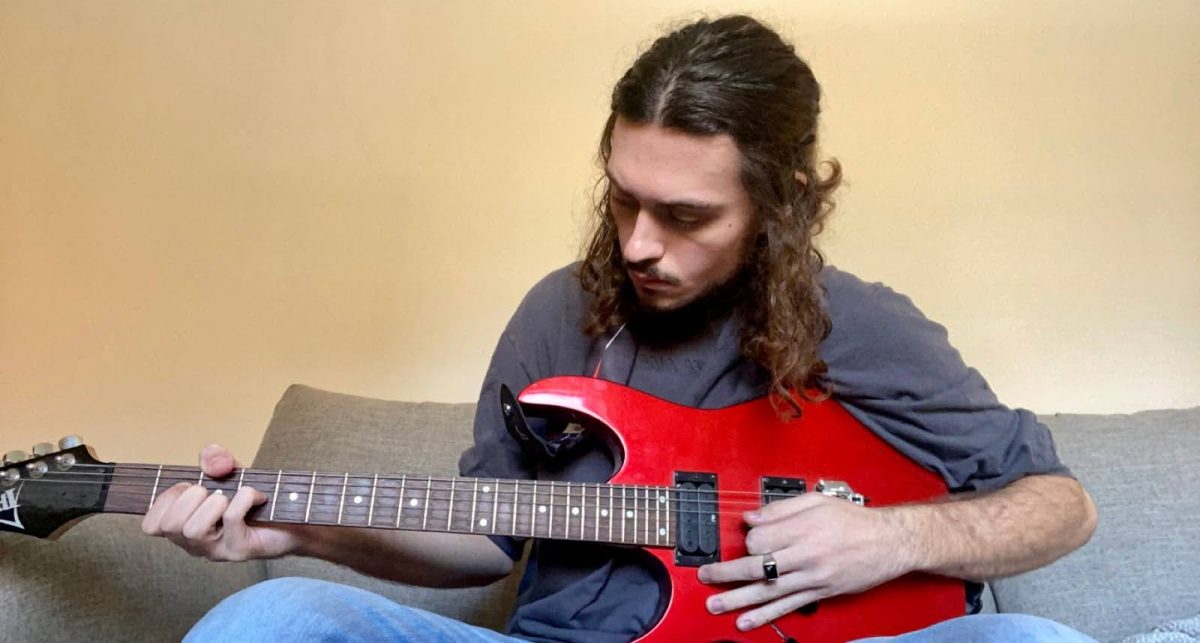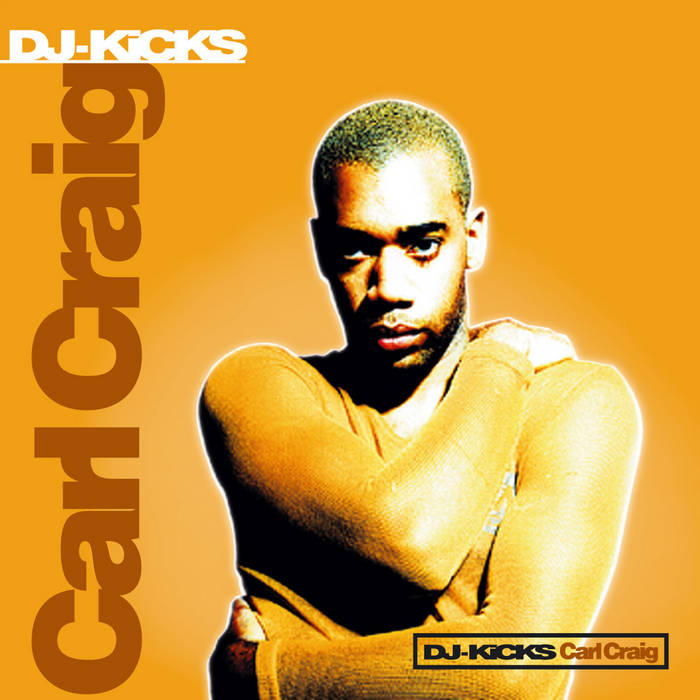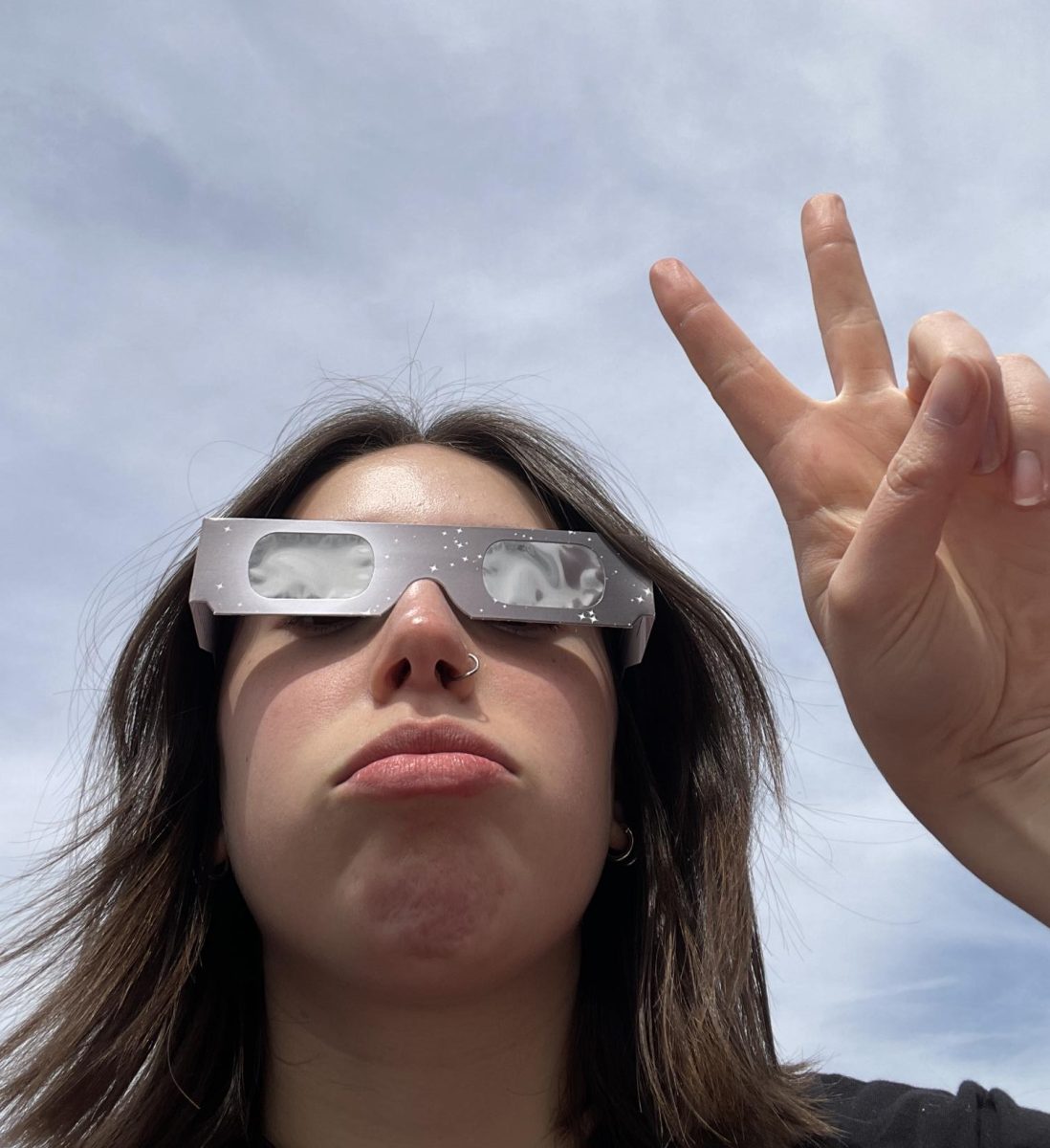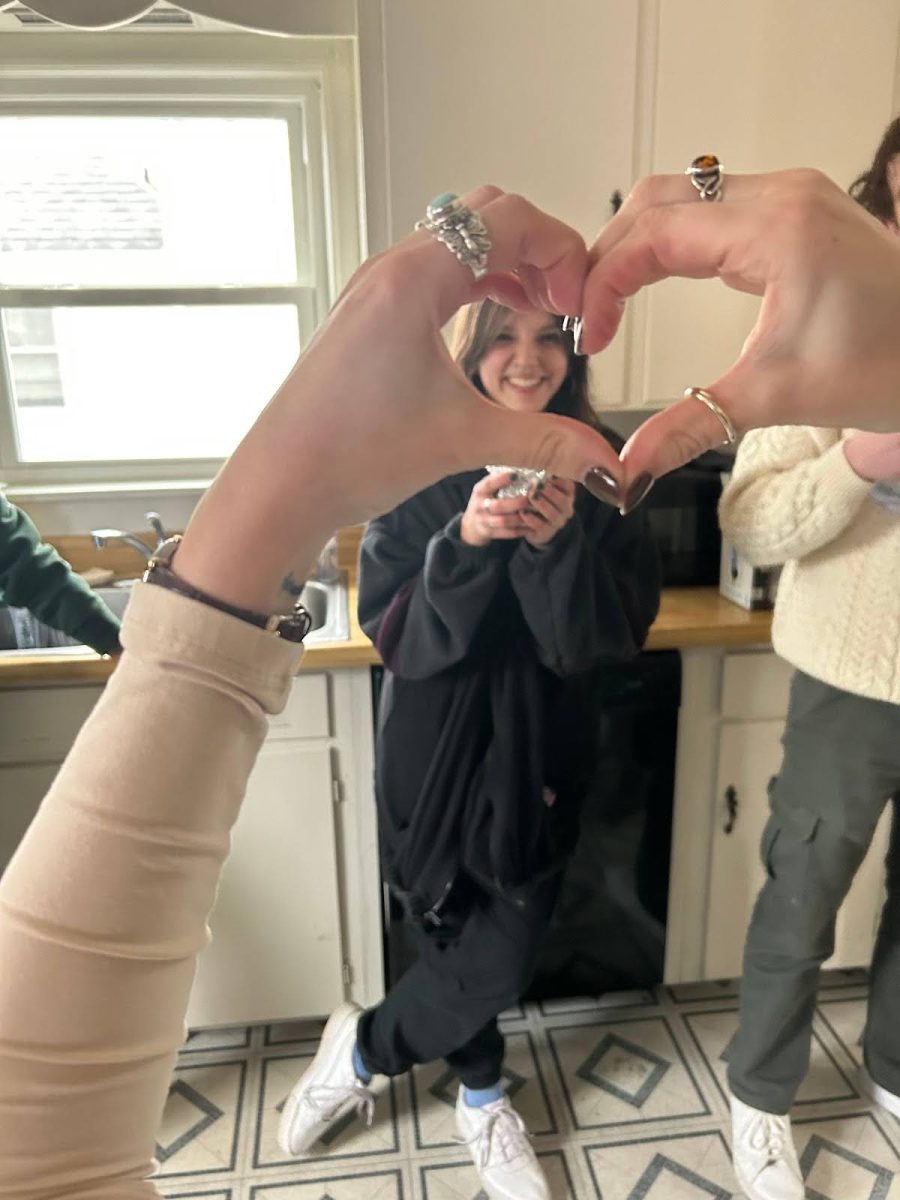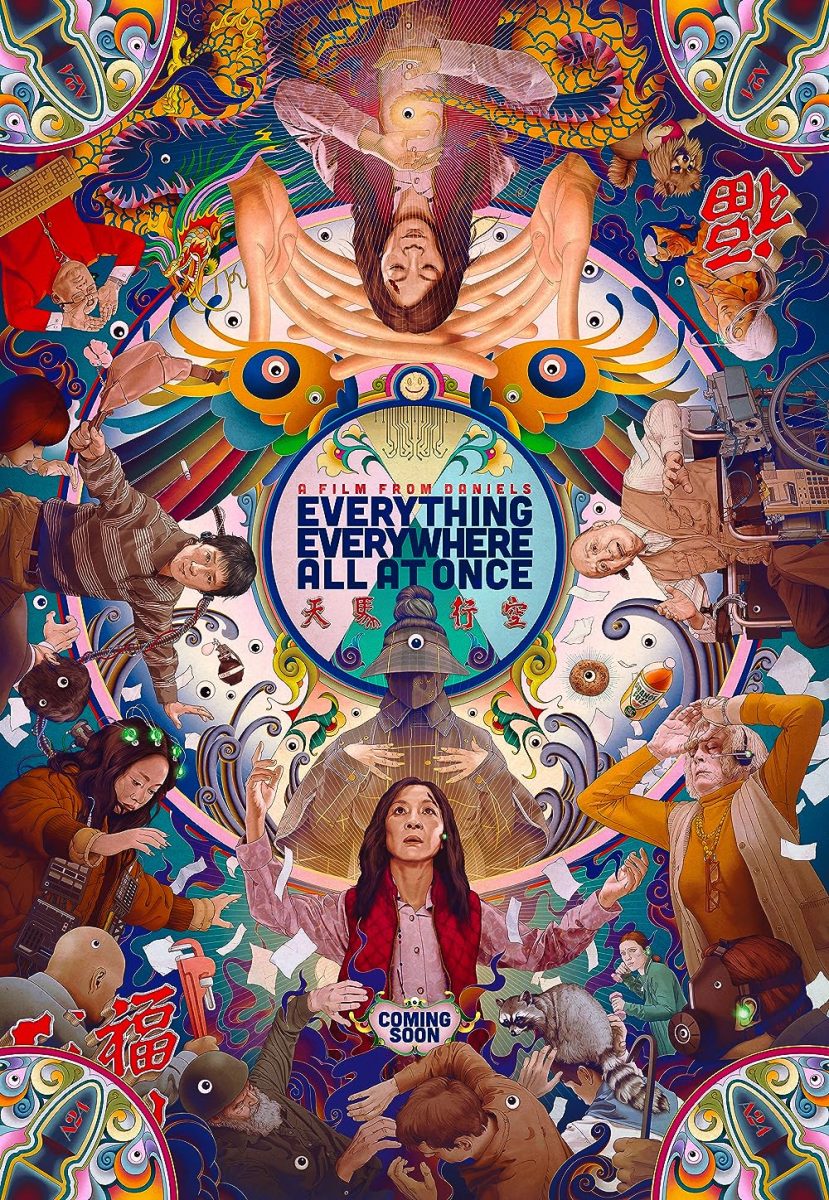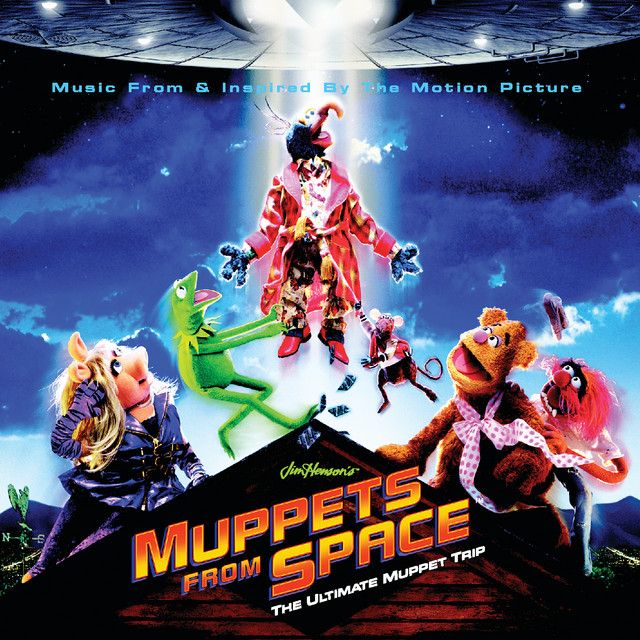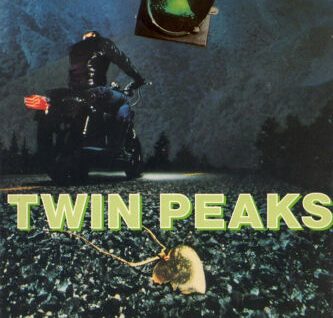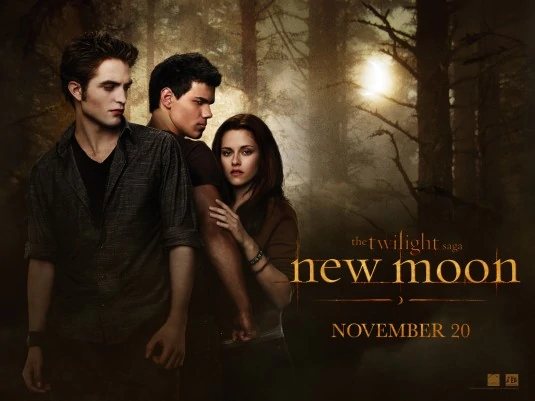It’s so rare that a film perfectly captures the true likeness of “the teenage girl” in a character. However, the film Lady Bird seems to show her in a way I have never seen before. Lady Bird centers on Lady Bird McPherson, a 17-year-old caught in the strange in-between of girlhood and womanhood. She teeters recklessly on the tightrope stretching between the two, swaying between careless and careful, hurtful and kind.
Lady Bird is everything a good, healthy teenager should be: dramatic, troubled, mischievous, eager to love and just as willing to hate. The film takes place during Lady Bird’s senior year of the ever-twisting maze that is high school. Greta Gerwig, the writer and director of the film, captures the complexity of Lady Bird’s being so beautifully through her cinematography and direction. Paired with Gerwig’s striking imagery, Jon Brion’s enchanting soundtrack fades in and the film becomes more than a collection of moments: It transforms into a story.
The film starts with Lady Bird and her mother driving in silence. Their similarity is so obvious at first glance. Their demeanor, their short hair: They are cut from the same mold, so it is striking when their first argument occurs. But for anyone who was a teenage girl once, it is all too familiar. “It” being the commonality and sheer unremarkable quality of a fight with your mother. In frustration, Lady Bird launches herself out of the car, and that’s when we’re given the first slice of Brion’s brilliant score.
The song “Title Credits” is a jaunty tune, with its cheerful, brassy instrumentation and the occasional sprinkling of cymbals. It sets the tone for the rest of the film and emphasizes the fleeting quality of adolescence. That and the abrupt shot of Lady Bird’s neon pink cast with the words “F*CK YOU MOM” scrawled in big block letters. Something that seemed so horrible in the moment is reduced to an almost insignificant memory to introduce the film and Lady Bird herself.
The rest of the film is scattered with these brilliant little bites of Brion’s soundtrack. Lady Bird (Original Motion Picture Soundtrack) was the first instrumental film soundtrack that I truly loved front to back. There is something about the composition that manages to pluck just the right tune on my heartstrings. Brion perfectly captured the nuances of female adolescence in the most unlikely of ways. One of the elements most unique to this particular soundtrack is the use of winds.
In an interview with Crack magazine, Brion himself stated, “We associate small films with a certain kind of sound and we associate big movies with big orchestras and a string section.” He wanted to capture that sense of elegance and orchestration, and the wind instruments were able to tie in the mischievous, childish nature of the film. The whispers of flute and the deep rumbles of oboe were so nostalgic to me, bringing to memory long band practices and flailing batons. It is this nostalgia that the movie grows on.
The second song on the soundtrack, “Sign Up,” starts as Lady Bird and her best friend Julie are let out from school and begin their walk home. The imagery is all-consuming, with beautifully pruned lawns and big, vibrantly painted houses. Lady Bird and Julie look so small walking next to it all. “Sign Up” reminds me of my own winding walks in the beautiful neighborhood next to the park where my sister used to have track practice.
The guitar sparks memories of when my history teacher would quietly strum his guitar as we walked into class, and the descending clarinet is the sound I imagine an orange leaf would make in its slow fall from a tree. “Sign Up” stirs up memories of the past, and I can’t help but slip into them and wrap myself up in the everlasting moments.
The scene in which the song “Rose Garden” plays might be my favorite in the whole movie. The innocence and vulnerability in both of the characters, Lady Bird and Danny — her first boyfriend — is almost palpable in that moment. They stumble through a dark rose garden, surrounded by thorny beauty, drunk with youth. This tumbling quality is further complemented by the music. The short staccato of the notes seems to emerge from the screen and into your ears. But, along with this great accentuation of the childish quality of this scene, there is a sense of enchantment pulled in by the strings. It sounds like falling in love, which is exactly what this moment is to Lady Bird.
The city of Sacramento is almost its own character in this film. It is another thing Lady Bird longs to escape. She constantly talks of moving away to the East Coast to experience “culture.” To Lady Bird, Sacramento is a cage, and home is just a four letter word. It is this experience of undervaluing the things that have sculpted you by hand — your home, your mother — and then suddenly understanding the importance of these foundational things which stand at the center of the teenage experience.
The song “Summer in Sacramento” begins at the end of her childhood. The tune starts at the point of Lady Bird’s sudden realization of this end, as she pleads with her mother to speak to her after her mother accidentally discovers that she will be going to New York for college. In this moment, with Brion’s swirling composition around her, Lady Bird stands at the center of her adolescence. This, paired with the still shots of neon store signs in Sacramento, truly makes it feel like a goodbye, with Lady Bird simply tying up ends before her big move. The tune is somber, and the drum is like a heartbeat.
I remember watching Lady Bird in one of the last weeks before my very own move to college. My trinkets were beginning to disappear into boxes, my walls were bare and my windows were open when I sprawled out one afternoon to watch this movie. I had been so caught up in the excitement of it all, the independence of leaving home, that I hadn’t truly thought about it. It was the moment when the song “Hope?” began to play that it hit me.
Tears welled up in my eyes and rolled down my cheeks as I watched Lady Bird’s mother drive away from the Sacramento airport. As Lady Bird leaves, her mother refuses to say goodbye, still hurt over her decision to defy her and move across the country. But as she drives, and as the clarinet tune plays, regret overwhelms her. The tune is somber, but not necessarily final. Its end doesn’t conclude, but instead reaches for more. Lady Bird’s mother turns the car around urgently, rushing back to the airport to catch her before she flies away. She misses her by just a few minutes, but, in a way, they have caught up with each other. This moment is the turning point for their relationship. It is hopeful.
Throughout the score, in the ever-present winds, there is a clear and constant dynamic between the flute, clarinet and oboe. I imagine the oboe as the father: deep and consistent in the background. The clarinet is the mother: at the center of each song, gentle, yet commanding. The flute is Lady Bird: harmonious, yet interrupting. The three winds are in a constant melodic bicker.
It is in the final song on Brion’s beautiful soundtrack, “Lady Bird,” where the three come to a point of understanding. The instruments fade in just as the title credits begin to roll. Lady Bird has just gotten off the phone with her mother after thanking her and expressing the love that had once been invisible in their relationship. The similarities that Lady Bird and her mother share are laid out in all their beauty and vulnerability, and they become one and the same.
I find I have a special connection both with the soundtrack to this movie and Lady Bird herself. When I first watched Lady Bird, I was going through the same phase of my life that Lady Bird herself was going through. I felt confused, trapped and misunderstood. Gerwig, Brion and Saorise Ronan perfectly capture that phase of my life on screen.
Lady Bird was me and I was her. In the summer between senior year of high school and freshman year of college, as I would sit in the worn polka dotted chair near my window, I’d let the Lady Bird soundtrack play. The music eased me into the world that lay ahead, so unfamiliar and new. It was as if Lady Bird were holding my hand through it all. She was debating with me about whether or not to bring my ugly purple sweater, telling me to buy drawer organizers and helping me say my goodbyes.
Brion’s soundtrack was comforting and hopeful in a time that seemed to be littered in loss. The Lady Bird soundtrack is hurt and hope and loss and love strummed into one score that perfectly echoes the nuances of girlhood.


